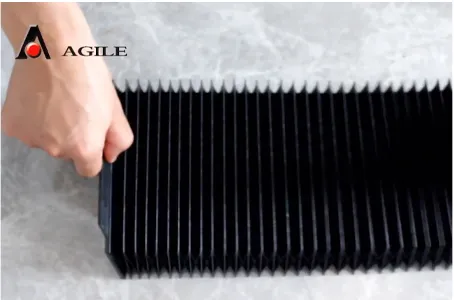metal drag chain
Understanding Metal Drag Chains Applications and Advantages
In various industrial applications, the need for efficient cable management and protection has led to the widespread use of drag chains. Among these, metal drag chains stand out for their durability and resilience. These chains are designed to safeguard cables, hoses, and wires, allowing for unimpeded movement while minimizing wear and tear.
Metal drag chains, often constructed from materials like stainless steel or aluminum, offer significant advantages over their plastic counterparts. These chains can withstand extreme temperatures, harsh chemicals, and heavy mechanical loads, making them ideal for demanding environments such as manufacturing plants, mining operations, and robotics. Their robust construction is crucial, especially when dealing with heavy machinery or high-speed applications, where the forces at play can be significant.
One of the primary benefits of metal drag chains is their longevity. Unlike plastic chains, which may degrade over time due to UV exposure or mechanical stress, metal chains maintain their integrity even under constant motion and stress. This longevity can lead to lower replacement costs and reduced downtime, ensuring that operations can continue smoothly without the interruptions caused by equipment failure.
Furthermore, metal drag chains offer superior protection for the cables and hoses they carry. In environments where abrasion, crushing, or environmental exposure is a concern, these chains serve as a formidable barrier. For example, in an industrial setting where heavy materials are being moved, metal drag chains can prevent cables from being pinched or damaged, significantly extending the lifespan of critical wiring and conduits.
metal drag chain

The design of metal drag chains is another factor contributing to their efficacy. They typically feature a modular design, which allows for easy installation and maintenance. Users can add or remove links to adjust the length of the chain according to their specific needs. Additionally, many metal drag chains come with a variety of accessories, such as mounting brackets and guide rollers, that enhance their functionality and adaptability to different setups.
In terms of operational efficiency, metal drag chains facilitate smooth movement of cables and hoses, reducing the risk of tangling or mechanical interference that can lead to equipment failure. This is particularly vital in automated systems or areas with high levels of movement, such as CNC machines and robotic arms, where precise control and reliability are paramount.
While the initial investment in metal drag chains may be higher than that for plastic alternatives, their long-term advantages often outweigh the upfront costs. Companies focusing on efficiency, reliability, and safety will find that the durability and performance of metal drag chains make them a worthwhile investment.
In conclusion, metal drag chains are indispensable in many industrial applications due to their durability, protective qualities, and ease of use. As industries continue to evolve and demand higher standards of safety and efficiency, the role of metal drag chains will undoubtedly become even more significant. Their ability to withstand harsh environments and protect vital infrastructure makes them a critical component in modern industrial operations.








